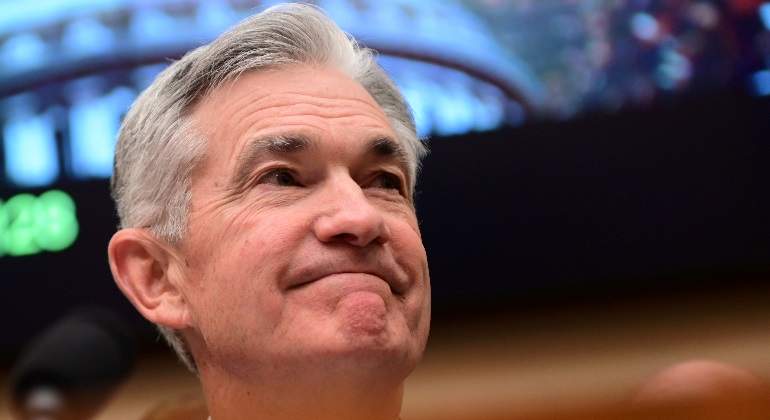The current crisis is going to leave us with very high levels of government debt. Since 2009, central banks have turned unconventional mechanisms into conventional ones, placing rates at levels never seen before, in the case of Europe, even further than Japan.
The Fed announces tapering measures in Jackson Hole but no hikes in official rates are in sight before 2023. There was a fear that interest rates in the US were going to skyrocket but the Fed is not going to shoot itself in the foot, at least not while Powell continues (end of term in February 2022).
The latest macroeconomic data have shown in China and the US a certain slowdown in growth, attributable in part to the new Delta variant and the fact that in developed countries, those who are not already vaccinated are because they do not want to be vaccinated, with which we have assisted to outbreaks of the disease in some North American states with a profile of people more reluctant to be vaccinated. Let us not forget that in many countries vaccines have not yet arrived … and the virus is at ease, which (according to experts) may be a source of new variants.
Given the high level of indebtedness, the premise is to keep interest rates low for longer.
Those of us who are dedicated to this place great importance on the evolution of the US 10-year rates. In March they reached 1.74% when the prospects for recovery were very strong and, therefore, inflation expectations. Since then, rates have returned to 1.26% levels.
Given the current levels of debt, it is a basic premise for central banks to try to keep interest rates low. The rate differential between the US and Western countries is wide enough that many investors in these countries see a rally in US long rates as a very good opportunity to carry out a carry trade by buying US bonds.
Therefore, we can expect that a reduction in purchases by the Fed will mean a buying opportunity for fixed income investors, which will also help,The ECB simply cannot stop buying debt . Most of its purchases correspond to debt from the periphery (Spain, Italy, Portugal, Greece). Simply put, if long rates in Spain were to go to the level that they deserve due to their fundamentals, combined with 125% of debt over GDP, it would imply a very serious solvency problem, as did Greece, Italy and Portugal.
The ECB is pursuing a Japan-like permanent QE policy over time and hoping that governments’ fiscal policies can complete the job. With all this, I want to argue the reason why I believe that rates cannot or should not rise in the US or mainly in Europe. And the maintenance of low interest rates combined with a strong recovery in corporate profits will keep the stock markets in favor.
Are these attractive at any price? Absolutely not. In the coming years we are going to see clear winners and losers, the pandemic has turned innovation upside down. Does this mean that only technology companies are going to perform well? No. It will be those companies from any sector that adapt to this new environment, as an example I put retail companies that in a few months have turned the weight they sell online, which increases their margins.
Another consequence is that we are going to witness a proliferation of zombie companies with high debt and that only survive because of low rates. Beware of sectors in full restructuring such as traditional banking. Banks are not going to recover prices from the past, the temptation to “buy cheap” can be very expensive.
Many people even talk about hyperinflation.
At a global level, it is obvious that inflation is rising in many countries, raw materials have soared due to accelerated consumption that had been contained by the pandemic, manufacturing processes have been collapsed and we are witnessing a supply problem of semiconductors (if they have bought a car they will wait a long time), these are conjunctural processes that have pushed inflation up, but deep down the large deflationary movements are still intact, countries are not relocating production and advances in technology and productivity are exponential , which will make a strong rebound in inflation over time temporary,at least until the Fed decides it has reached full employment .
Finally, at a global level, we see how the business results of listed companies in both the US and Europe, with growth in sales and profits above expectations, are being very solid. Many sectors have suffered greatly, but others have been able to adapt to a new environment.
We are witnessing a new era of high debt that we will have to live with for several generations. This will bring the large developed economies back to normal with sustained low growth and low interest rates: the goldilocks economy. More than ever, you will have to look further and look towards countries like India and China and other emerging countries.


